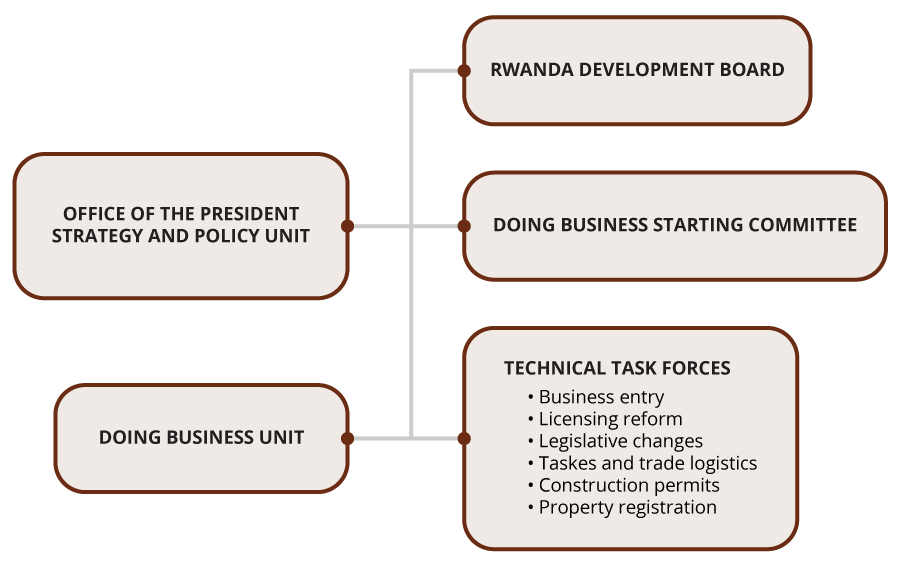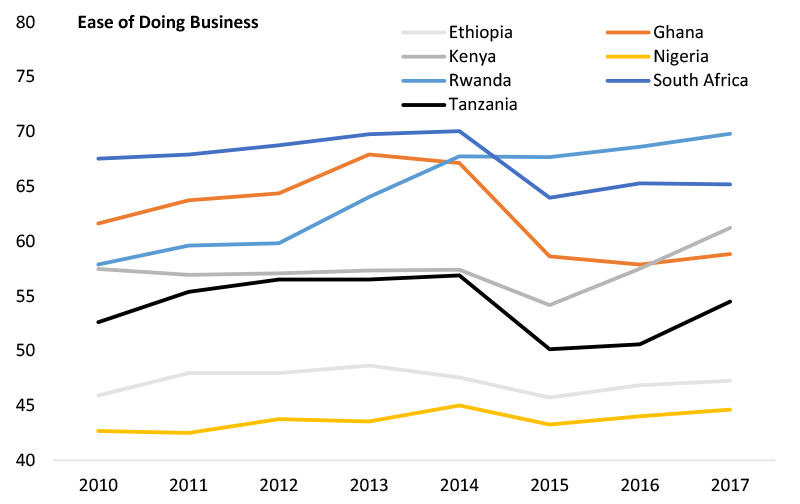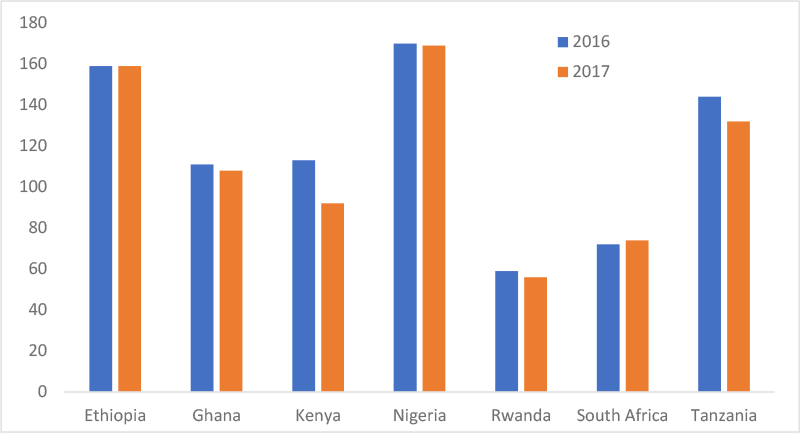IMPLEMENTING HORIZONTAL POLICIES
The most important type of horizontal policy is macroeconomic stability. It is also important to maintain a competitive real exchange rate and a sustainable fiscal deficit. Ambitious industrial policy efforts can frequently generate balance of payments pressures, so carefully handling the external accounts is a must.
Below the macroeconomic level, the main elements of horizontal policy are maintaining physical infrastructure and a reliable power supply. A second major type of horizontal policy consists of improvements in the business environment, which comprises any policy area that has an impact on the ease with which firms operate. Implementing these policies might involve reforming government agencies responsible for the various policy areas. An alternative is to assign responsibility for them to more competent agencies within the state.
Improving the business environment in Rwanda – a case study in ‘deliverology’
One of the key elements of the growth strategy of Rwanda’s post-civil war government was an overhaul of the domestic business environment. Starting with a World Bank pilot programme in 2001, the government established the Doing Business Unit, an agency in charge of reform. Below, we can see the structure of the Unit, a good example of how to construct a ‘delivery unit’ tasked with implementing policies in a specific area and operating in parallel with regular bureaucratic institutions.[1]
[1] For a general discussion on the emerging practice of creating specially-desisgned ‘delivery units’, see Michael Barber 2015 – How to Run a Government: So that Citizens Benefit and Taxpayers Don’t Go Crazy. London: Penguin Books.



